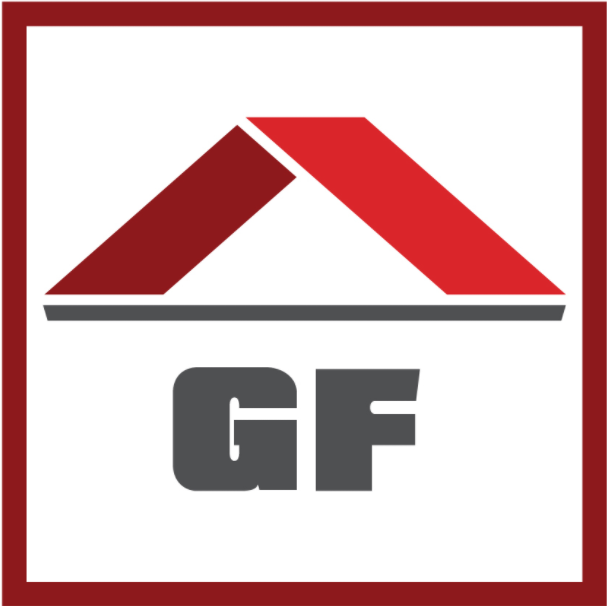Ice Dam Removal
Ice dams built up on roofs can cause severe damage to your home, roof shingles and gutters. Call Gutter Force today to have it removed
Home 🠪 Ice Dam Removal
About Us
Roof Ice Damage
Ice damming begins when roof snow piles up on your roof and the outside temperatures remain below the freezing point of water. The low temperatures mean that the snow doesn’t melt from above, while at the same time, heat being lost from inside the house begins to melt the snow from below. As the bottom of the roof snow layer melts, a thin film of water begins to form between the top of the roofing and the underside of the snow. This water runs down from the top of the roof, beneath the snow, until it reaches the eaves. The melting ice or snow will then re-freeze into a solid ice dam along the eaves.
The water can also work itself up under the shingles. This can lift and damage them as the water freezes. When the outside temperatures eventually rise again, the ice melts and water is able to get inside the house. The water can cause a considerable amount of damage to the attic framing as well as the insulation and the drywall in a home. Often you’re not able to see the damage from the outside of your home as it is hidden behind walls or in the attic. By the time water starts to flow inside your home, you already have a major catastrophe on your hands.
In addition, toxic mold can enter your home due to the damage caused by the ice dam and subsequent leaky roof. This is an obvious health risk for anyone of any age living in the home.
How to Prevent an Ice Dam
Ice damming requires below-freezing outside temperatures, a layer of snow on the roof and heat being lost from inside the house. Making sure that your attic is well insulated so that heat remains inside your living space and not on your roof is incredibly important. However, be sure that attic vents remain clear when insulating.
Even with good insulation, a certain amount of heat is still lost into the attic. A combination of low vents under the eaves and high vents in the gable ends or along the ridge of the roof keeps a continuous flow of air moving through the attic, dissipating the waste heat before it can warm the roof and melt the snow above.
Ice Dam Warning Signs
There are a number of warning signs that can help you determine if your roof has a potential ice dam problem. These signs include

Bellowing eaves which indicate the melting and freezing cycle of the snow on the roof.

Icicles hanging over the edge of the roof.

Thick ice forming over eaves.

Smaller icicles coming out of eave vents.

The appearance of water stains along the corners between the ceiling and an exterior wall.
CONTACT GUTTER FORCE
We strive to offer unmatched service and customer satisfaction.
We’ve raised the bar for quality standards in our industry!

